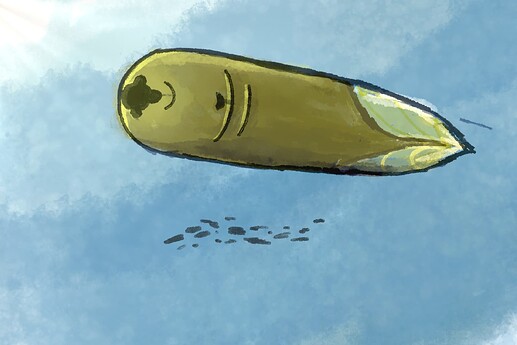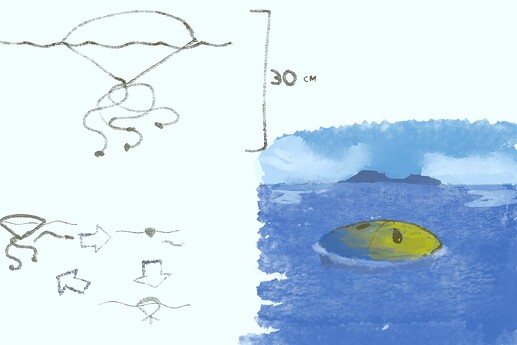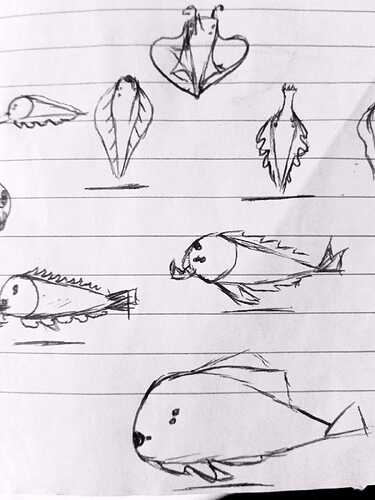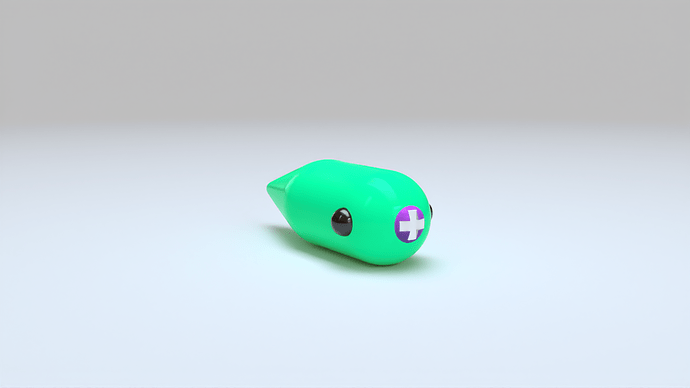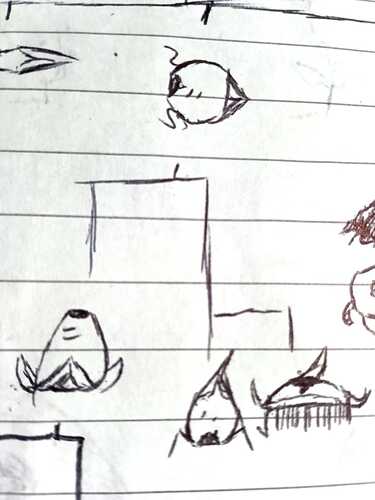I always wanted to do a speculative biology project, but I never had enough motivation or patience, but I decided to change that and do it now! I did the planets images in spaceengine, and some help is always welcome!
THE SYSTEM
The Yagarian System. Centered on Yagari, a K1V class orange dwarf, it contains four planets:
Farnu:
Tidal-locked, Farnu has an average temperature of 220~ Celsius, and a dense atmosphere, composed mostly of CO² and some fractions of nitrogen.
Latava:
A Gas Giant slightly smaller than Jupiter, having 8 Earth radii. It is located within the habitable zone of the system. It has a small but dense ring system, as well as three sizable moons:
Kioka: Kioka is the closest moon to Latana, and has a surface dotted with deep impact craters, caused by an encounter that Latava had with a small asteroid belt during the system’s formation. The asteroids suffered a gravitational slingshot effect and hit the poor Kioka.
Netarai: This could be considered the least interesting moon among the three, but it contains something worth noting: Its surface is covered by organic matter, giving it a dark brown color. The view is great, too.
Bhafa: The furthest moon from Latava is surprising, the only one with an atmosphere and liquid water. As previously mentioned, Latava is located in the habitable zone, and as Bhafa already had a good iron core, it is enough to maintain a its surface covered in liquid water.
Ceatrus:
A perfect world for the emergence of life. Large oceans, some islands with a strangely high amount of pink Granite on their terrain. It has two large polar ice caps, larger than the Earth due to their distance of 1.3 AU from Yagari. Furthermore, it has a gravity of only 70% that of Earth, which will give us the opportunity to see some interesting megafauna…
Ceatrus has two moons:
Wilba: A small moon near Ceatrus. It has large amounts of Uranium in its composition. This will be important in the future, very useful in the future…
Lana: The second “moon” of Ceatrus, being a third the size of Ceatrus it can be considered a binary system. Lana has a thin atmosphere and a surface covered in iron oxide, in addition to a large amount of water frozen in their caps. It resembles a certain red planet located in the Orion arm of the Milky Way, but no one cares.
Tiratas:
The furthest planet from Yagari. It has a thick atmosphere and large lakes of liquid nitrogen on its surface. Oh yeah, and it has an UNNECESSARY LARGE RING SYSTEM, BECAUSE I WANT OK? DONT JUDGE ME
Tiratas has two moons:
Pizka: An very plain and boring moon at its surface. But it has an detail: Their composition is not from Yagarian system. Pizka come from another star system and got caught by Tiratas gravity. Oh, and has a good view too.
Nipi: Nipi has some tremedous deposites of Quartz, and due to this in his surface there has giant quartz crystals, the largest reaching 1200 meters in height.
Great, now that we have an solid basis, lets start.
THE BEGINNING
In Ceatrus’s ocean, some complex molecules were grouping together, forming new bonds, but something happened: For the first time, one of these molecules grouped together so much that it ended up splitting into two, and theses two, instead of becoming a tangle of disorganized atoms they managed to perform the same actions that the original did.
The dawn of life begins in Ceatrus.
Vita Originalis: A simple unicellular organism that only knows how to do three things: Absorb nutrients, divide into two and die when it can no longer absorb nutrients. Its DNA structure is still very simple, but it can already undergo changes.
100 million years later, the population of Vita originalis increased exponentially, and some changes can already be noticed in its population. Some individuals have suffered slight malformations in their DNA over the centuries, the majority cannot sustain themselves, but a small portion of these manage to survive, and most surprisingly: They function better than their ancestors.
Let’s see some of these new species:
Vita Glacialis: You may already know that Ceatrus has huge polar caps. These small beings have evolved to be more resistant to cold, and have also been able to considerably slow down their metabolism when there is a shortage of nutrients.
Vita Sicarius: Why waste time looking for nutrients when there are an abundance of cells with everything we need in front of us? The Vita Sicarius’ diet is based mainly on nutrients from dead cells, either from hunger or from its predatory pilus.
Vita Persecutorum: With the emergence of the Sicarius, immense environmental pressure arose for more peaceful cells to evolve. Vita Persecutorum was the first of these, developing a stronger cell wall, and some movement flagella to escape its predators.
Vita Vindicta: Instead of fleeing, this branch of Persecutorum decided to fight back, evolving a small reservoir of toxin that was released when it felt attacked.
Vita Flavus: Instead of seeking environments in the ocean, Vita Viridis, during a period of nutrient scarcity in coastal regions, evolved to produce chlorophyll b and Xanthophyll, which gave them a yellowish color.
That’s all I’ve done so far, if you want to suggest a branch of a species I’m open to it!
